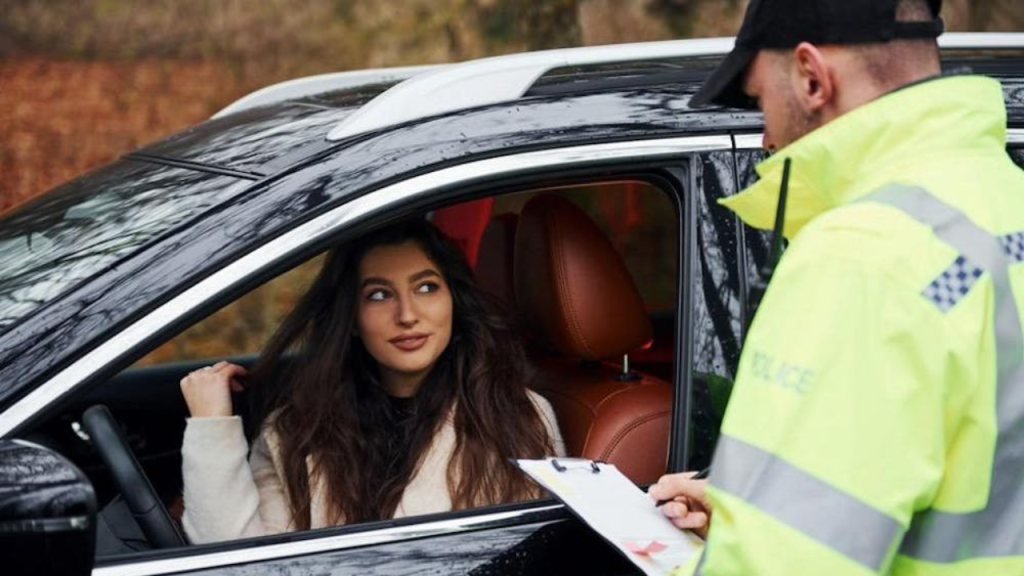
Making a right turn might seem like one of the simplest moves on the road. But in Illinois cities, doing it safely and legally requires close attention to specific traffic laws and careful observation of your surroundings. Understanding the rules can help drivers avoid fines, reduce accidents, and protect pedestrians and cyclists who share the road.
Here’s a detailed look at how to make right turns correctly in Illinois, including when you can turn on red, what to watch for, and local rules to keep in mind.
Right Turns: Stick Close to the Right Curb
Illinois law clearly states that when making a right turn, you must approach and turn as close as practical to the right-hand curb or edge of the roadway. This rule ensures that drivers don’t swerve into other lanes or the center of the road, which can cause accidents or block traffic flow.
By hugging the right curb while turning, you create predictable vehicle movements, which makes the road safer for everyone. It also helps avoid collisions with other vehicles that might be traveling straight or turning left.
When Can You Turn Right on Red?
Many Illinois drivers may not realize the specific rules about turning right on red lights. The state allows right turns on red after a complete stop, unless there is a posted sign explicitly prohibiting it. This means you must fully stop at the red light, check for pedestrians and cross traffic, and only then proceed if it is safe and legal.
Some Illinois cities, especially larger urban areas like Chicago, have been considering limiting or banning right turns on red at certain intersections. These measures are aimed at reducing accidents involving pedestrians and cyclists, who are more vulnerable at busy intersections. Always watch for signs indicating if a right turn on red is allowed or restricted in your area.
Always Yield to Pedestrians and Cyclists
One of the most critical safety steps when making a right turn is to yield to pedestrians crossing at the intersection. Crosswalks are designed to give pedestrians the right of way, and drivers must stop if anyone is crossing or waiting to cross.
Cyclists also require special attention. Many Illinois cities have bike lanes or shared roadways. Before turning, make sure no cyclists are traveling alongside you or crossing in the bike lane. Turning without checking carefully can lead to serious injuries or fatalities.
Failing to yield to pedestrians or cyclists can result in traffic tickets and, more importantly, cause harm to vulnerable road users. Taking a moment to scan your surroundings before turning makes all the difference.

Watch for Buses and Large Vehicles
Another rule Illinois drivers must remember is how to behave near stopped buses. If a bus is stopped at a curb on the right side of the road to pick up or drop off passengers, you cannot pass the bus on the right or turn right in front of it.
Instead, pass the bus on the left, giving it plenty of space, and wait to turn only when it is safe and legal. Passing a stopped bus incorrectly can endanger passengers who may be entering or leaving the vehicle, including children.
Obey Local Traffic Control Devices
Beyond state laws, many Illinois municipalities install traffic signs, signals, or markings that direct how right turns should be made. For example, some intersections might require drivers to make a right turn only, or prohibit turns during specific hours.
Ignoring these devices can lead to fines or more severe consequences. Drivers should always be alert for signage and road markings, adjusting their driving as needed.
Know Local Ordinances
Some Illinois towns and cities have their own rules related to right turns. For instance, the Village of Worth emphasizes that right turns on red are only legal after a full stop and where signs permit it. Other cities may have specific speed limits, lane use rules, or other traffic regulations related to right turns.
Checking your city or village website for local traffic ordinances can help keep you informed and compliant. Following these rules is essential to avoid tickets and contribute to community road safety.
